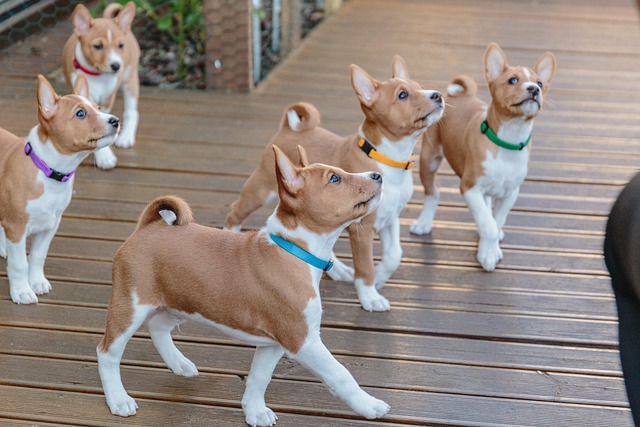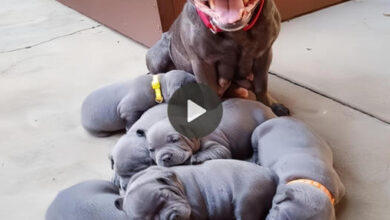
Dog training is about teaching your dog skills and good behavior. Training your dog is important to ensure a safe, stable, and healthy relationship and companionship.
The types of dog training techniques can be classified according to the following schools of thought:
1. Traditional training methods school of thought: this school of thought encourages the administration of physical pain and punishment to ensure the dog’s obedience and cooperation.
2. Positive Training School of Thought: this school of thought opposes the ideologies of the traditional school of thought. It opposes the use of physical punishment as a means of securing the dog’s obedience and dedication. It advocates the use of positive reinforcement as a means of motivation to achieve and maintain good behavior in the dog.
3. Dominance trainers: this school of thought is based on the belief that every animal has an innate desire to dominate others. It seeks to kill this innate desire through punishment to make a dog submissive and obedient.
The need to train a dog is generally felt for the following reasons.
- To raise a well-respected canine citizen. I want happy, involved, outgoing dogs who are valued and trusted members of the community.
- To establish a strong handler-dog relationship based on trust, cooperation, and an understanding of clearly defined roles.
- Having full control of your dog at all times and having absolute confidence in your dog when in the presence of people or other animals.
- To help a dog develop its instincts of safety, loyalty, protection, and alertness.
Dog training techniques include the following:
1. Treat training: this method is one of the most popular with positive trainers. It involves giving your dog treats every time he performs good behavior. The treat also helps trigger the dog to repeat the good behavior in the future, to ensure a continuous supply of treats. Treats serve as motivation and provide positive reinforcement. Treats can be edible, such as cookies or bones, or non-edible, such as the dog’s favorite toys or fun games.
2. Use of training collars: these days, dog collars often have different functions; there are anti-bark collars that can be used to control noisy dogs. Examples include the citronella collar and the shock collar.
3. Dog housebreaking: to reduce the amount of mess your dog makes with urine and feces, it is important to establish a schedule for taking your dog to relieve himself, usually after eating. Positive rewards should be provided for unsupervised pooping. A crate should be provided and the dog should be instructed to relieve itself in the crate.
4. Body blocking: this method is used when you want to prevent your dog from entering a particular area. If the dog enters that area, you carry the dog away and use your body to prevent it from entering again. It should be noted that it is not possible to hit or beat the dog when body blocking.
5. No touching, no talking, and no eye contact: this technique is effective when you want your dog to become submissive and calm. This is an effective technique but can be difficult to use consistently if you are crazy about your dog.
6. Agility training: this is about helping your dog improve and become stronger. It works on balance, control, alertness, and patience. It tests and improves your dog’s physical abilities. It usually involves fun activities and competitions for your dog, which must be completed promptly. It provides fun for you and your dog during training.
7. Hand Signals: this is the use of clear, crisp hand signals. It is used when training a deaf dog or a hard-of-hearing dog. Signs should be consistent to help the dog catch up quickly. Rewards should be given to reinforce positive behavior and continued obedience to the signals.
Dog training is not an overnight process. It is the result of hard work, commitment, and constant patience.






